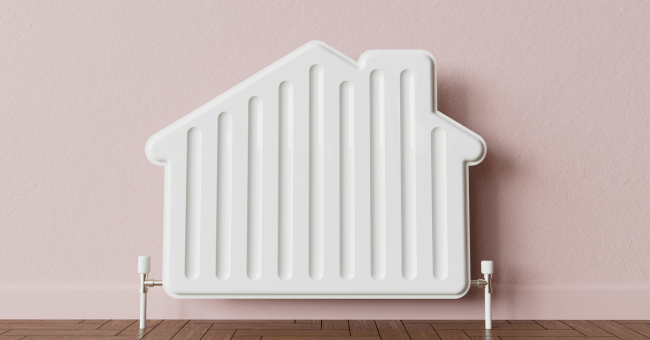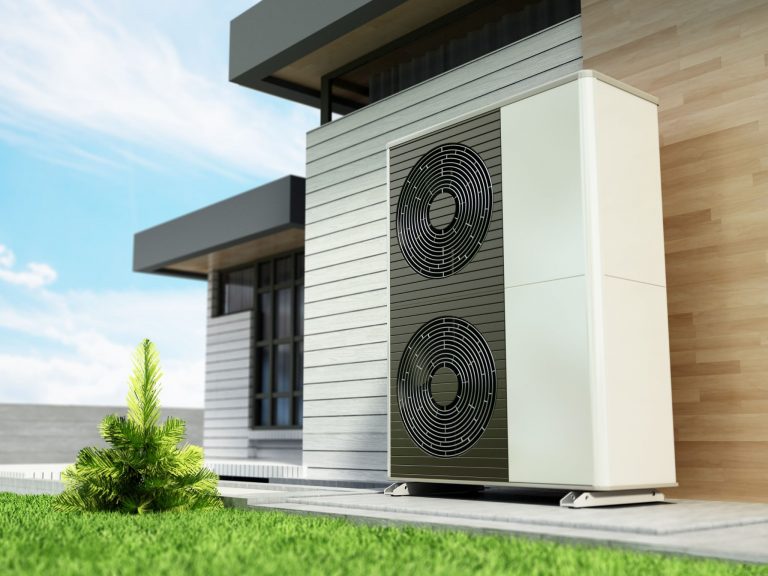Hydraulic
balancing
for an efficient heating system
Your heating system should not only generate heat, but also work in an energy-efficient manner. Hydraulic balancing is an important key to this. We can provide you with professional services for calculating and carrying out hydronic balancing to ensure that your heating system works optimally and that you save energy and costs.

– Our services
Why is hydronic balancing important?
Hydraulic balancing ensures an even distribution of heating water in your building. This leads to more efficient heat transfer and prevents uneven distribution in the system. This reduces your energy consumption, which is not only good for the environment, but also lowers your heating costs.






Our services at a glance
Professional calculation:
Our experienced experts analyse your heating system and calculate the optimum hydronic balancing, which can also be tailored to your individual needs.
Precise implementation:
After the calculation, our heating partner companies implement the hydronic balancing precisely by replacing and/or adjusting valves, pumps and other components accordingly. This maximises the performance of your heating system.
Energy savings:
With our hydraulic balancing, you can save up to 20% on your heating costs and reduce CO2 emissions at the same time.
Long-term efficiency:
Once hydraulic balancing has been carried out, it contributes to the efficiency of your heating system for years to come and is quickly amortised through the costs saved.
Our specialists have extensive experience in heating technology and are familiar with the latest technologies and implementation options.
Contact us now to arrange an appointment and optimise your heating system. We are at your disposal!
Your advantages with us
Our expertise for you
Many years of extensive experience in the construction industry!
25 years of experience in the construction industry. Over 7500 successful funding applications.
Over 2000 construction projects per year.
Comprehensive advice, planning and support.
With us, you have a contact partner for your wishes and ideas, from the design to the completion of your building project.
Guaranteed maximum funding!
Thanks to our TK Academy, we are always up to date with the latest information on the best possible subsidies.
Apply for a renovation roadmap now!
Secure an extra 5% subsidy
Individual refurbishment proposals to reduce your energy costs
Profitability comparison with regard to the upcoming CO2 tax
Personal advice with up to 80% state funding
Frequently asked questions
We answer for you
What is hydraulic balancing?
Hydronic balancing is a process used in heating and air conditioning technology to ensure that the heating or cooling system works efficiently and evenly. The main aim of hydronic balancing is to regulate the flow of heating or cooling fluid in the various parts of a building or system so that all rooms or areas are heated or cooled evenly without wasting unnecessary energy.
Hydraulic balancing normally involves the following steps
Data collection:
Firstly, information is collected about the entire heating or cooling system, including the length and diameter of the pipework, the output of the radiators or cooling units and the height differences between the various parts of the system.
Hydraulic calculations:
Using this data, calculations are made to determine the optimum flow of heating or cooling fluid for each room or unit in the system. This takes into account factors such as the required heat output, the distance from the heat source and the pressure loss in the pipework.
Adjust settings:
The settings of the valves, pumps and other components of the system are adjusted according to the calculations to achieve the desired flow. This may mean that valves are partially closed or opened to equalise the flow.
Monitoring and fine tuning:
Once the settings have been adjusted, measurements are taken to ensure that the system is working as expected. If necessary, further adjustments are made to ensure that all rooms reach the desired temperature.
Hydronic balancing helps to improve the energy efficiency of a heating or cooling system by ensuring that excessive energy is not wasted on transporting heating or cooling fluid. This can lead to lower energy costs and a more environmentally friendly use of resources. It can also help to increase comfort in a building as all rooms are heated or cooled evenly without temperature differences between rooms.



